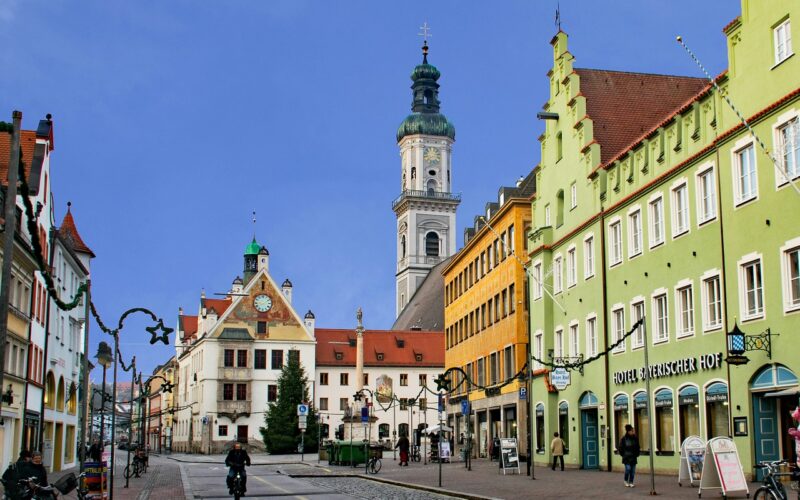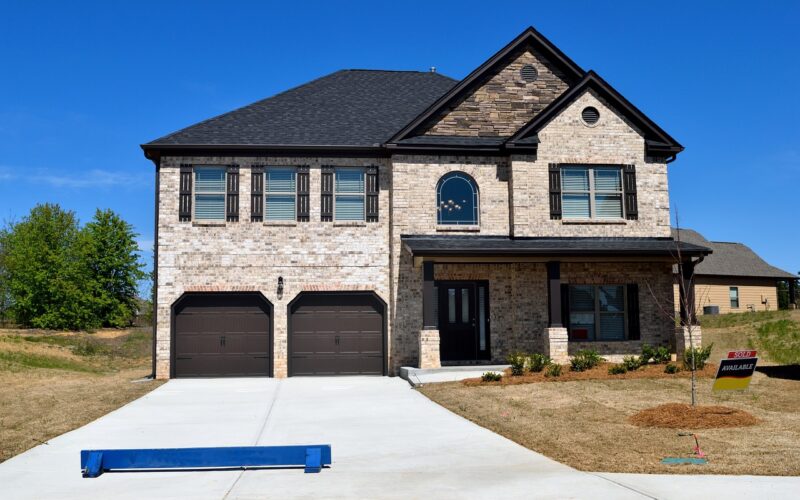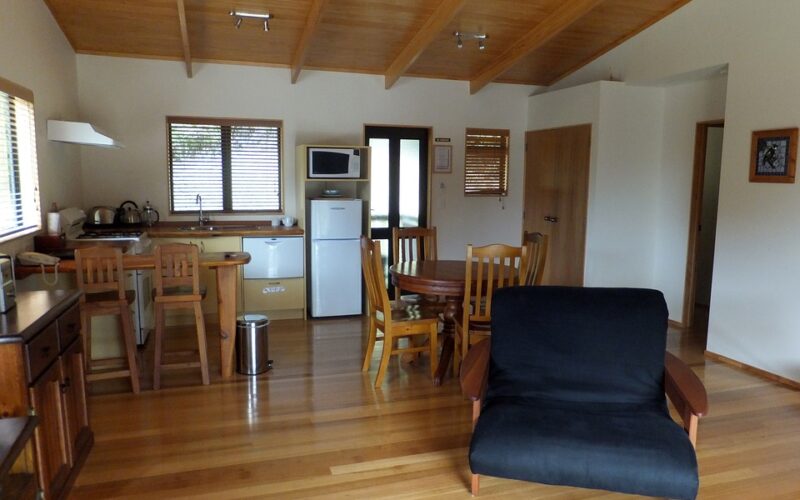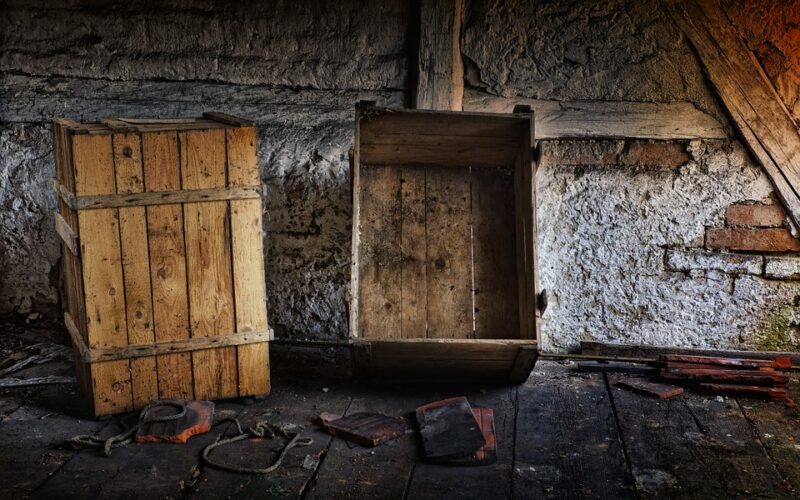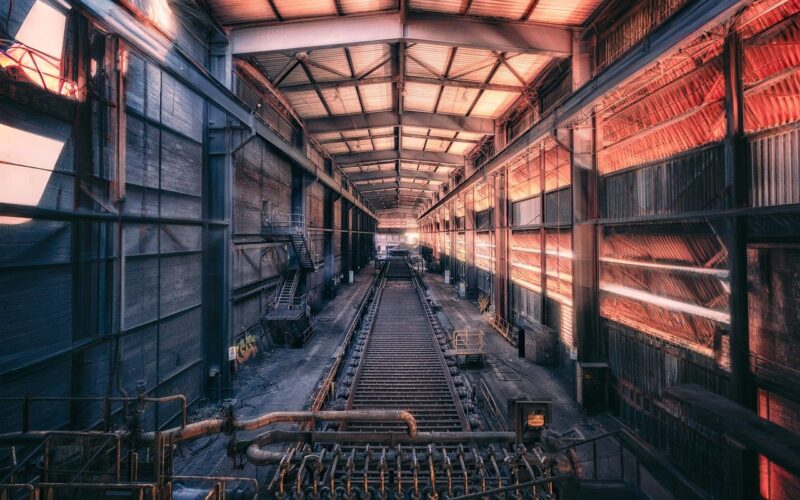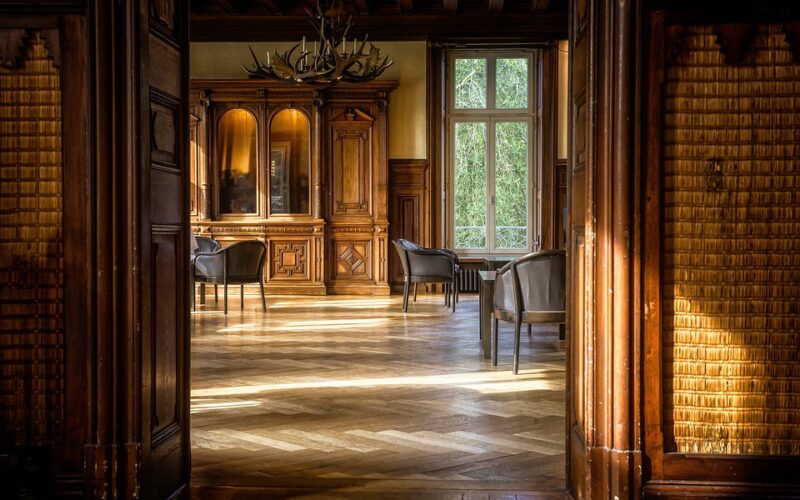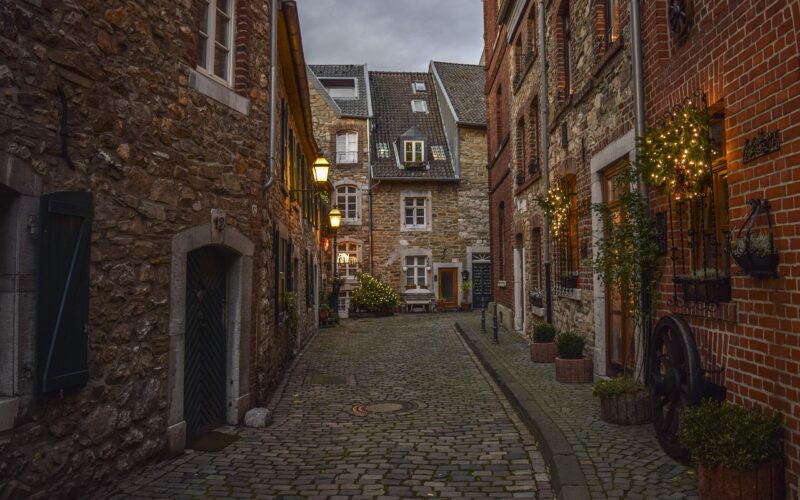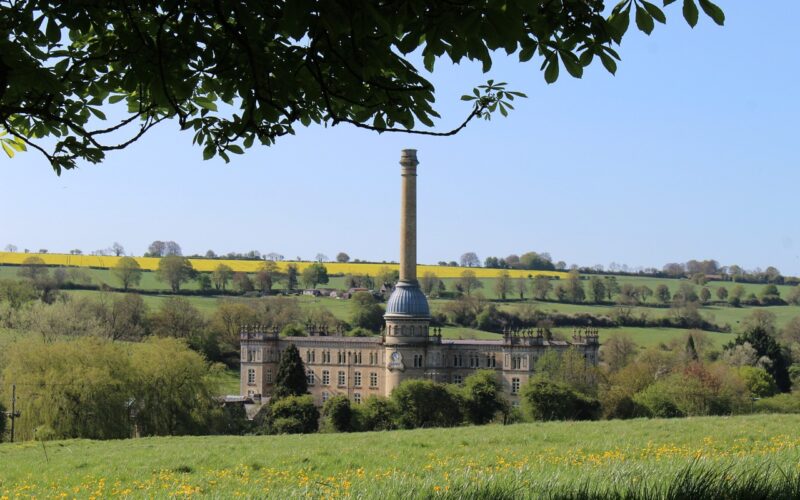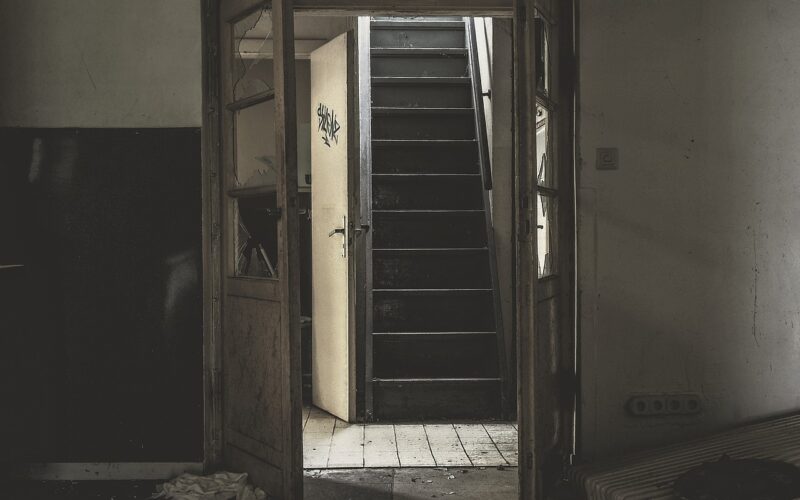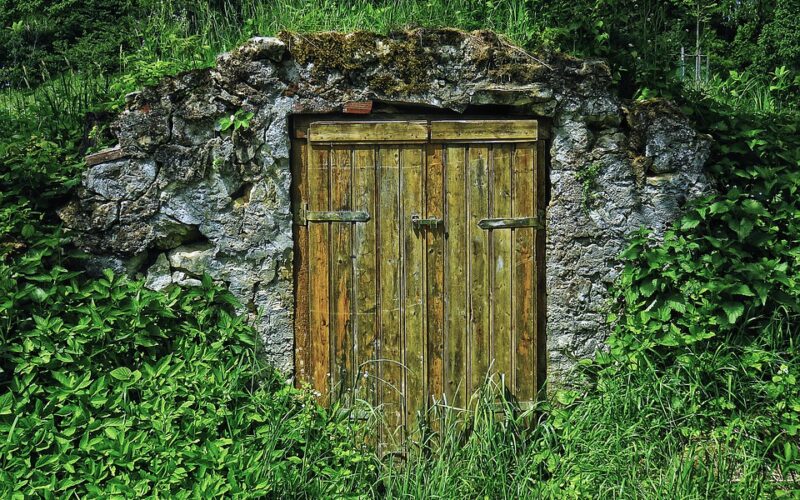Building For The Future
Listed buildings are the guardians of our architectural history, standing as sentinels of time and showcasing the pinnacle of past craftsmanship. However, to ensure these buildings remain relevant and structurally sound in an evolving world, they require careful and respectful regeneration.
Understanding the significance of listed buildings
Before any plans are put in motion, it is vital to understand what marks a building as 'listed' and the responsibilities that come with this designation. In essence, listed status is given to buildings that are of special architectural or historic interest, considered worthy of protection and care. This status aims to preserve the fabric of the structure and keep its story alive for future generations.
Regeneration, not just preservation
The regeneration of a listed building is an invitation to blend old with new, to offer a fresh lease of life while maintaining the respect due to its historical context. This process involves more than just maintaining; it's about reinvigorating and often repurposing a space to ensure its sustainability and continued use. Regeneration can include the careful restoration of original features, coupled with modern renovations that meet today’s needs and environmental standards.
Navigating the legal maze
The first step towards regeneration typically involves navigating local planning regulations and Heritage requirements. It is essential to gain the necessary consents where alterations deviate from the existing structure. These permissions are designed to ensure any changes do not detract from the building's character or its storied ambience. This could mean detailed discussions with conservation officers, and in some instances, appealing to historical societies and local stakeholders to get the go-ahead.
Treading a fine line between old and new
Regeneration demands a fine balance, a delicate tango of maintenance and innovation. Original materials must often be sourced to match the existing aesthetics, which can be a challenge if those materials are rare or no longer in production. Conversely, incorporating modern elements like energy-efficient heating systems, contemporary insulation techniques, or even digital connectivity requires ingenuity to install without infringing upon the building's integral characteristics.
The role of technology in regeneration
Technology can play a pivotal role in the regeneration process. Modern scanning and 3D modelling techniques enable precise mapping and planning that can inform sympathetic interventions in the fabric of the building. New materials can be used to replicate historical details with high accuracy, and structural enhancements can be incorporated invisibly to bolster the building's integrity for years to come.
Incorporating sustainability in regeneration efforts
Sustainability is a core consideration in today’s building initiatives, and it is no different for a listed structure. However, the approach must be meticulously tailored to fit around each building's unique aspects. Renewable energy resources, like solar panels or heat pumps, need to be delineated in a manner congruent with the building's original design, often leading to creative problem-solving to find the right solution that honours both efficiency and history.
Celebrating success and community involvement
When a listed building is successfully regenerated, it is not solely a victory for the building itself but also a triumph for the community. Often these buildings become landmarks of heritage pride, treasured focal points that can house community activities, businesses, or provide residential spaces. Engaging with the community throughout the regeneration process can foster a sense of shared ownership and respect for the renewed structure.
In conclusion, regenerating a listed building is not a mere act of restoration - it is a renaissance, delivering the past into the hands of the future with sensitivity and imagination. It’s a celebration of heritage retooled for contemporary relevance, ensuring these architectural treasures continue to tell their stories and enrich our landscapes.
The interplay between the antiquity and modernity in the regeneration of listed buildings must remain respectful and insightful, blazing a trail for heritage conservation in the world of modern architecture and community development. Each restored building stands testament not just to its own history, but to the commitment we have to preserving our collective stories and enhancing our built environment for generations to come.
